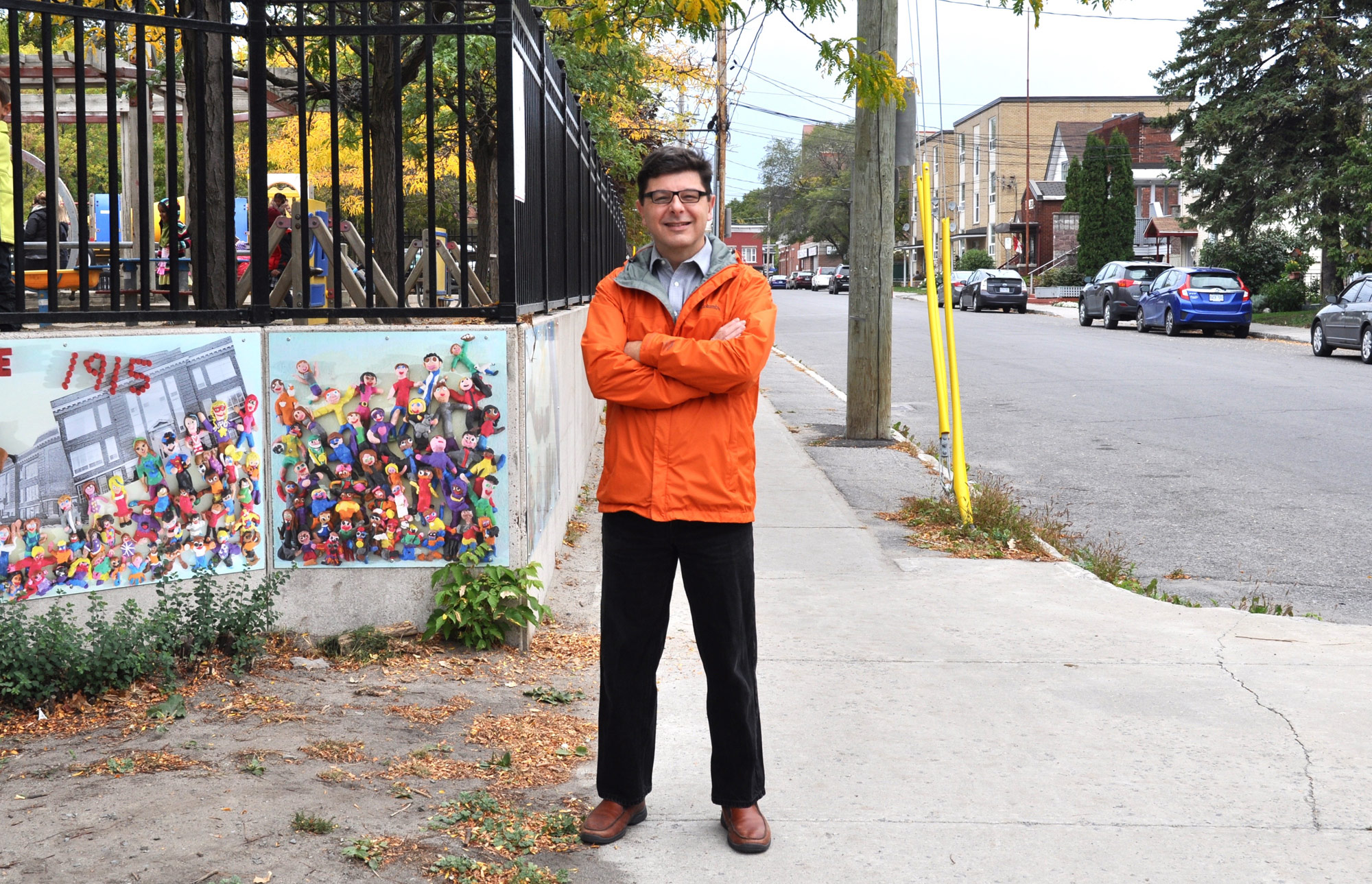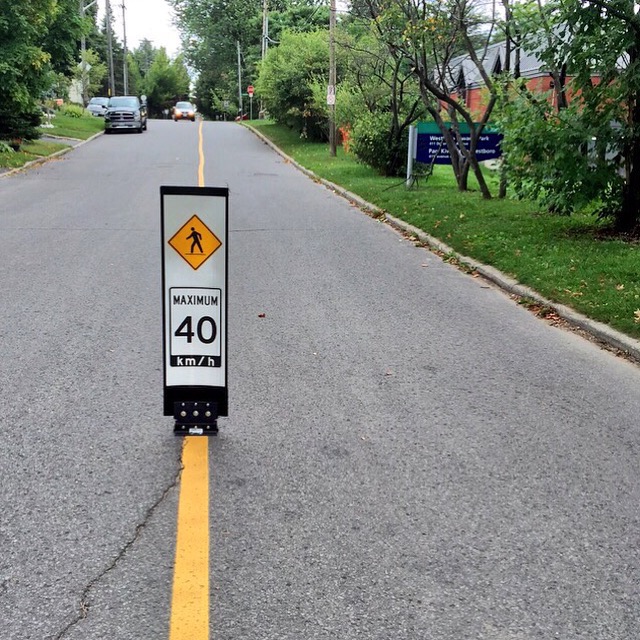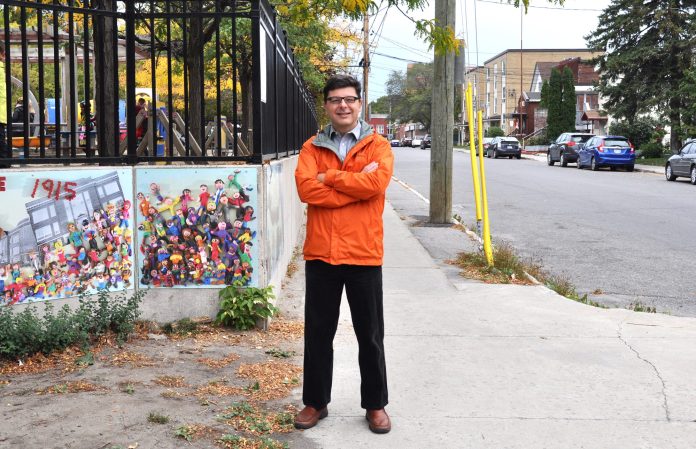By Bhavana Gopinath –
October 7 is International Walk to School day, an annual event to remind parents and children about the benefits of walking or biking to school. Many schools hold week-long or month-long activities to reinforce the benefits of active transportation.
We know that active transportation confers significant benefits: kids get a daily dose of exercise, learn to navigate roads safely, and develop independence and self-confidence. More kids walking to school also means less traffic congestion and so is the greener alternative. And the best thing about walking? It’s free and accessible. Barring a limiting physical disability, any child can walk.
And yet, fewer kids walk or bike even within the schools’ designated Walk Zones; according to a 2013 Active Healthy Kids Canada Report Card on Physical Activity for Children and Youth. A recent survey found that although 58% of parents walked to school when they were kids, only 28% of their children walk to school today.
Wallace Beaton, the School Program Coordinator for Active & Safe Routes, says that this decline in walking has several causes. For instance, modern suburbs and communities are not designed to be pedestrian-friendly, with many streets lacking sidewalks, or without direct walking/biking connections to schools.

Also, mornings are more rushed today when both parents work outside the home so it is often convenient to drive kids to school rather than walk them. Further, parents are increasingly concerned about speeding cars and pedestrian safety and deem it safer to drive their kids.
As parents see fewer students walking or biking, they become more reluctant to have their own kids do the same. This has become the new norm.
There are ways to reverse this trend. Organizations such as Active & Safe Routes to School, in consultation with schools and community stakeholders are developing School Travel Planning programs. These provide analyses of the obstacles to walking faced by each school, and develop plans to make it safe for kids to walk.
These initiatives are slowly influencing how parents and schools view this issue. Kitchissippi-area schools such as Broadview Public School, Churchill Alternative School, Elmdale Public School, and Devonshire Community Public School have collaborated with Active & Safe Routes to promote active transport. They have tried various tools to improve the walking environment—by using more adult crossing guards, re-routing traffic patterns, improving signages etc.
The rebuild of Broadview went further: inputs were sought from Active & Safe Routes at the conception stage. The new school design will have more access points to help kids enter school, more bike racks, and the main building will open to Dovercourt Avenue. This will encourage walkers and bikers.
Ottawa School Transport Authority is also piloting a Walking School Bus program. Each WSB has a screened, trained, and paid leader, who walks with a group of students with specific routes and schedules.
Jeff Leiper, the Councillor for Kitchissippi Ward, is concerned about drivers speeding and disobeying traffic rules. To help pedestrians, he supports reducing the default speed limit on Ottawa’s residential areas to 40 km/h from the current 50 km/h. The City has installed traffic-calming measures including Flexi-Posts (as seen on Broadview and Dovercourt Avenue) to remind drivers to stay within the speed limit.

While Councillor Leiper sympathizes with parents of young children worried about their kids’ safety when they walk to school, he says it is “safer than parents think it is.”
“Parents can organize their own walking school bus, send their kids in groups, and teach them the rules of the road,” says Leiper. “For every parent who sends their kid walking to school, it makes the streets safer for everyone.”
October is International Walk to School Month (IWALK), October 7 2015 is International Walk to School Day, and October 5-9 is IWALK Week.
To learn more about active transportation, go to to:
